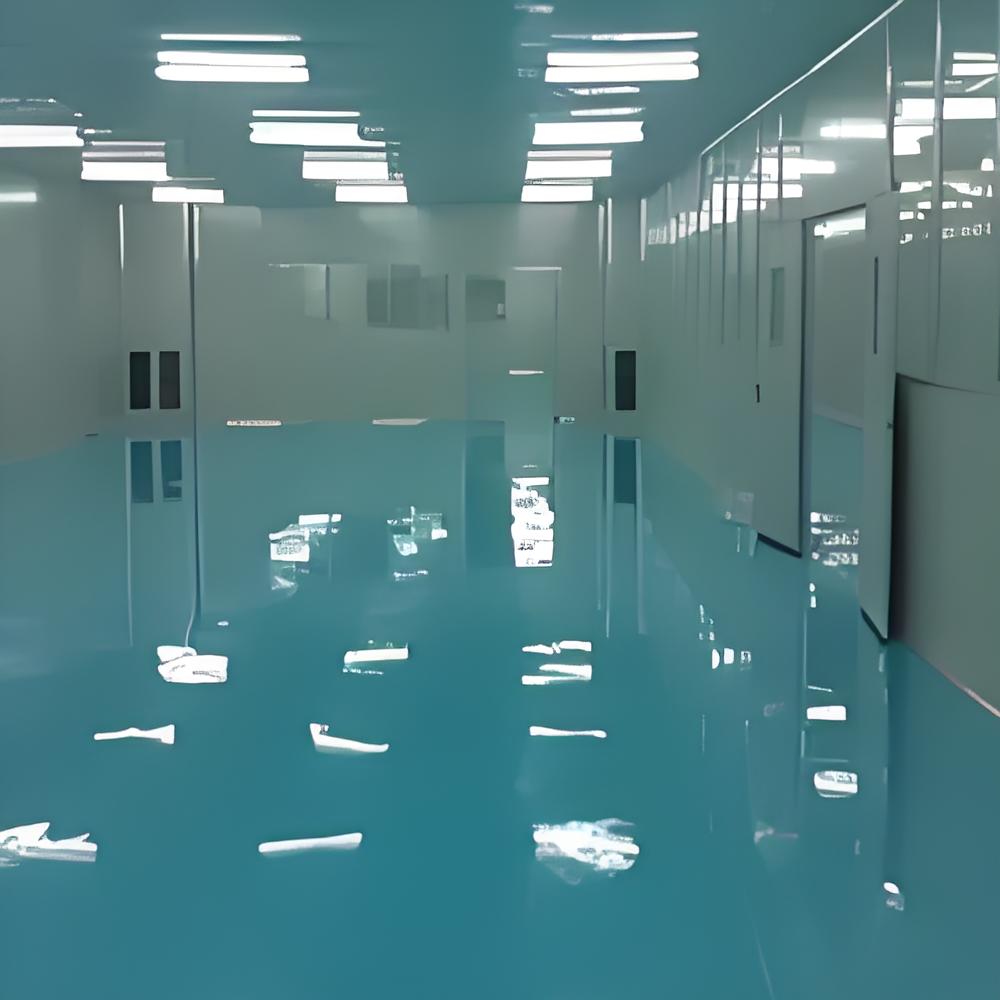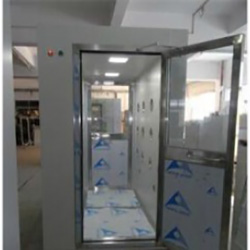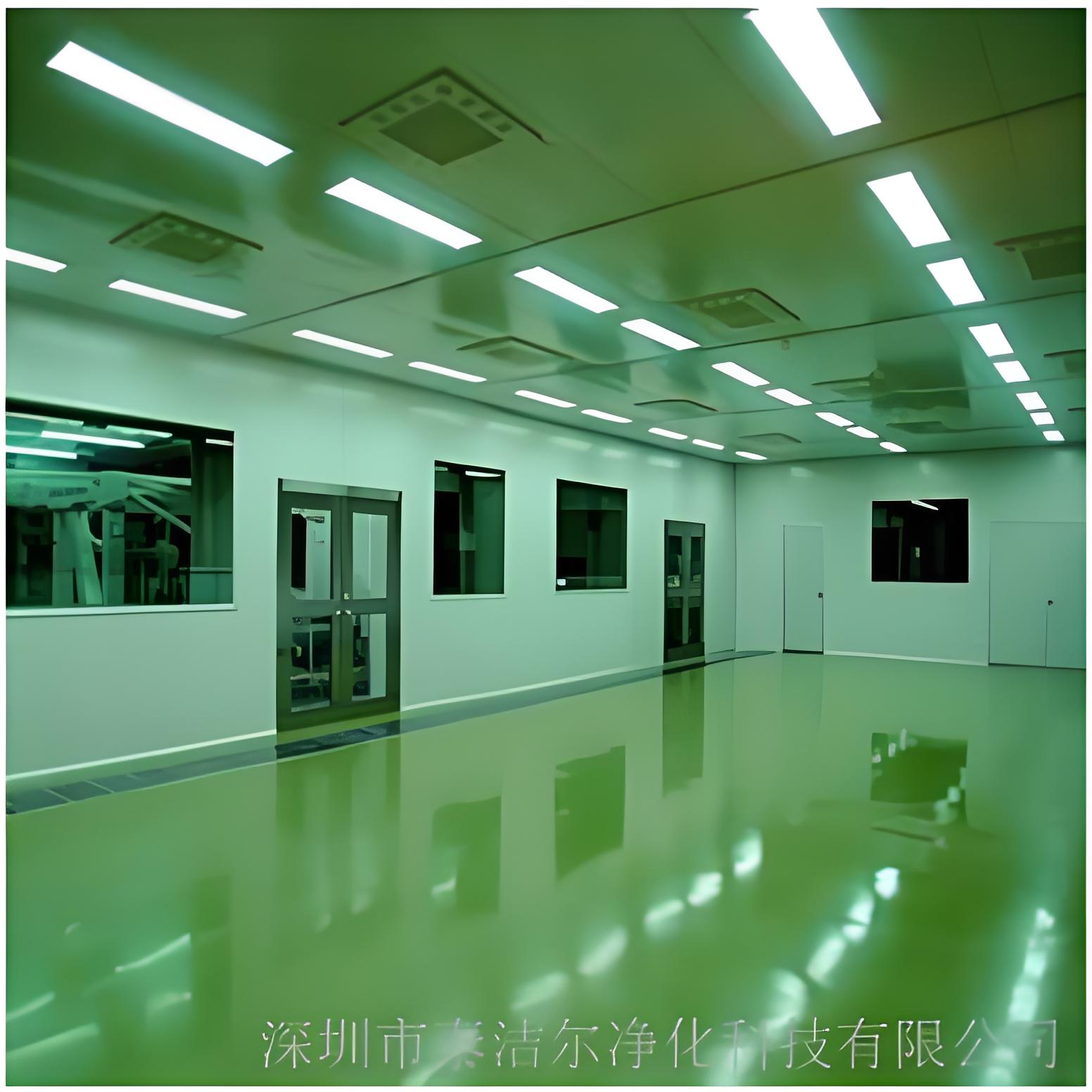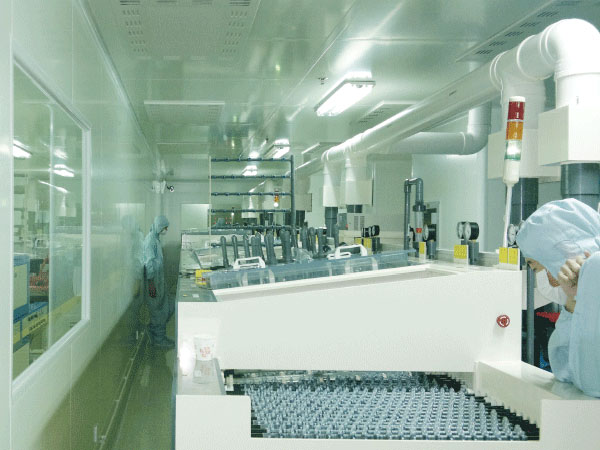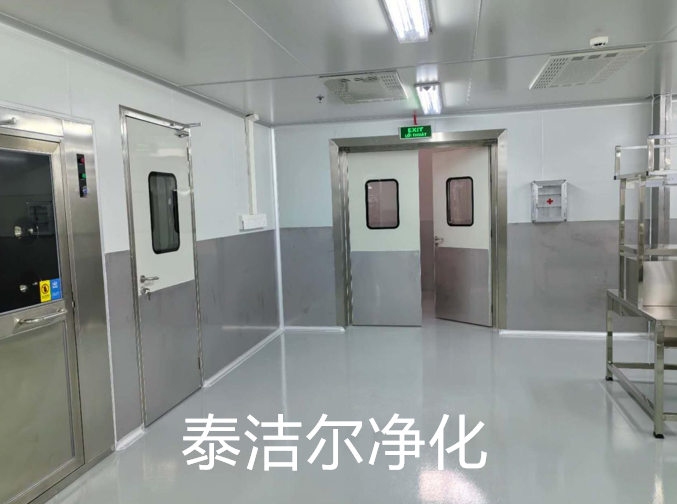
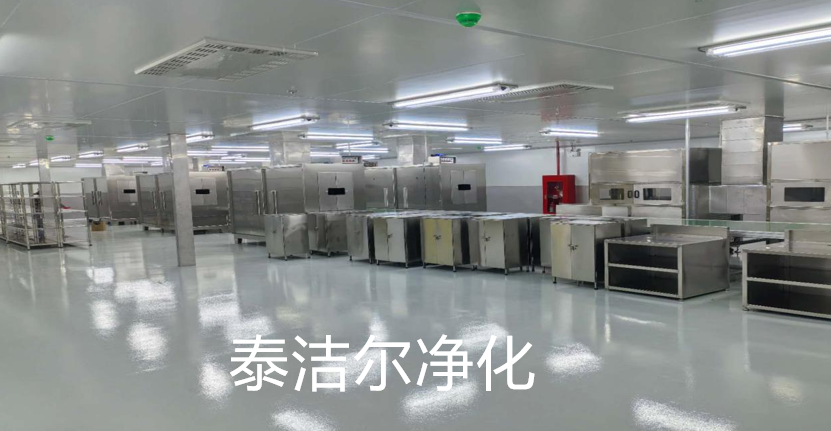
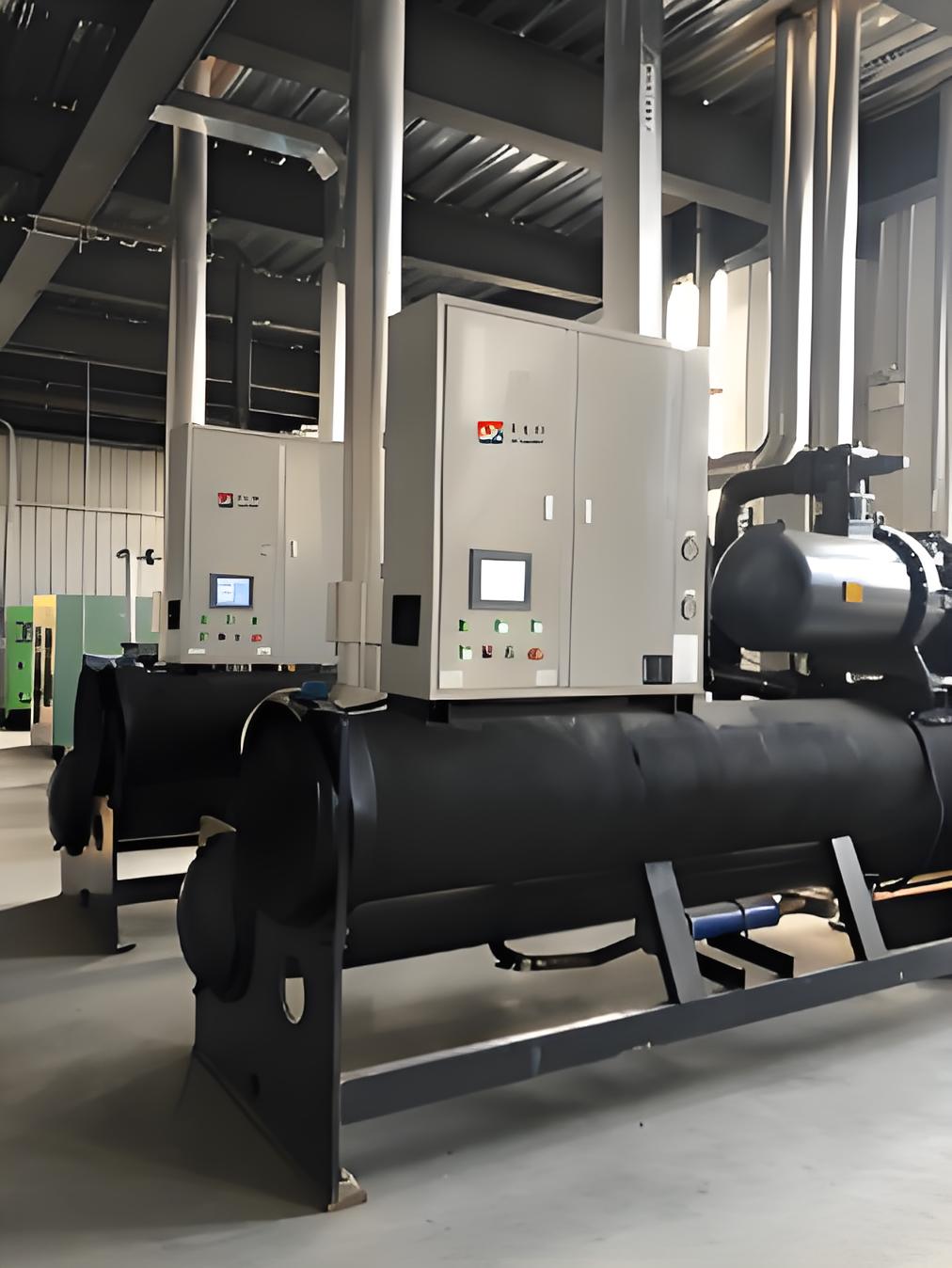
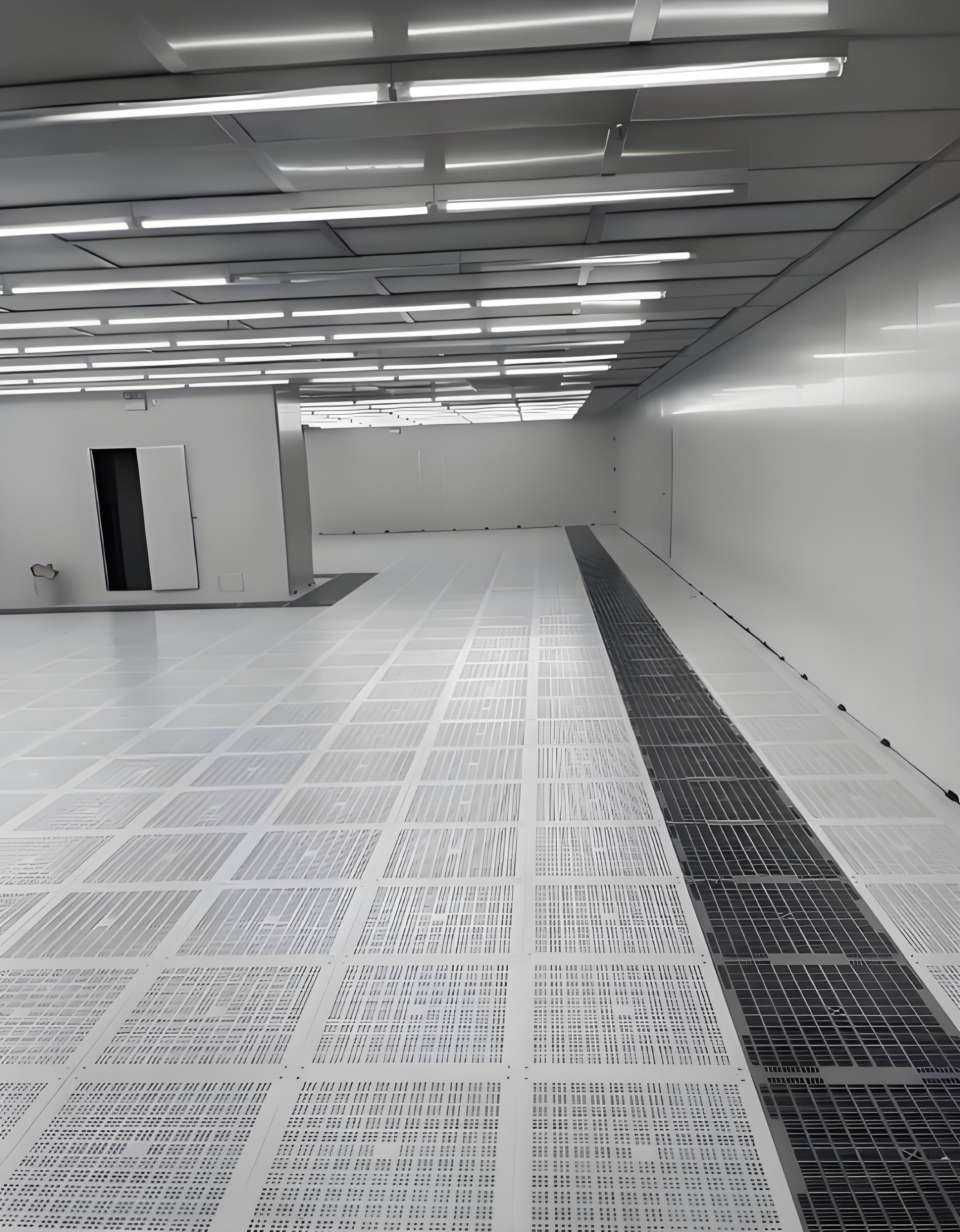

Is a cleanroom good? What are the advantages of a cleanroom? A cleanroom, also known as a controlled environment, can maintain the required cleanliness, humidity, and pressure levels inside regardless of how the external air conditions change. The primary function of a cleanroom is to control the air cleanliness and humidity that products come into contact with, ensuring they are manufactured and processed in an optimal environment.
Why is strict control of relative humidity in a cleanroom necessary?
First, cleanrooms have excellent moisture retention, high strength, and thermal insulation. Whether for employee working conditions or product manufacturing, everything is well-maintained.
Second, the cleanroom's high-efficiency air filters and vents use stainless steel structures, which are aesthetically pleasing and easy to clean. The mesh is made of powder-coated aluminum, resistant to rust and dust, and easy to maintain. Air supply and return ducts are made of galvanized steel sheets with clean thermal insulation.
Third, regarding flooring, cleanrooms typically use self-leveling epoxy or high-grade wear-resistant plastic flooring. If anti-static properties are required, anti-static flooring can be selected.
Fourth, cleanrooms offer excellent cleanliness, are dust-free, and are highly suitable for cleanroom walls. They are energy-efficient, environmentally friendly, and visually appealing. The actual cost is reasonable, and using them for construction or renovation can significantly reduce operational expenses.
Fifth, cleanrooms are convenient to install and lightweight: 10-14 kg per square meter, about 1/30 the weight of brick walls. Partition walls and ceilings in cleanrooms usually use 50mm thick sandwich panels. Additionally, the flexible and convenient color steel panels allow for short construction cycles, and the workshop can be adjusted according to production needs. Using color steel panels makes renovations even more convenient.
Why is strict control of relative humidity in a cleanroom necessary? If relative humidity is not well controlled, it can reduce the overall efficiency of the cleanroom and lead to further issues.
1. Bacterial growth. Bacteria and other biological contaminants (mold, viruses, fungi, mites) can thrive in environments with relative humidity above 60%. Some bacterial populations can grow even when relative humidity exceeds 30%. Keeping relative humidity between 40% and 60% minimizes bacterial impact and respiratory infections. Therefore, cleanrooms must control relative humidity within a specific range.
2. Poor humidity control can cause metal corrosion in cleanrooms. The speed of many chemical reactions, including corrosion, increases with higher relative humidity. All surfaces exposed to the surrounding air in a cleanroom quickly form at least a single layer of water molecules. When these surfaces are made of thin metal coatings that react with water, high humidity accelerates the reaction. Some metals, like aluminum, form a protective oxide layer with water, preventing further oxidation. Others, like copper oxide, lack this protection. In high-humidity environments, copper surfaces corrode more easily.
3. Poor humidity control in cleanrooms can lead to static electricity buildup. When relative humidity exceeds 50%, static charges dissipate quickly. However, when humidity is below 30%, they can persist for long periods on insulated or ungrounded surfaces. A cleanroom with 35% to 40% relative humidity can strike a reasonable balance. Semiconductor cleanrooms often use additional control devices to limit static buildup.
4. Moisture absorption. Poor humidity control can affect the cleanroom's moisture absorption capacity.

